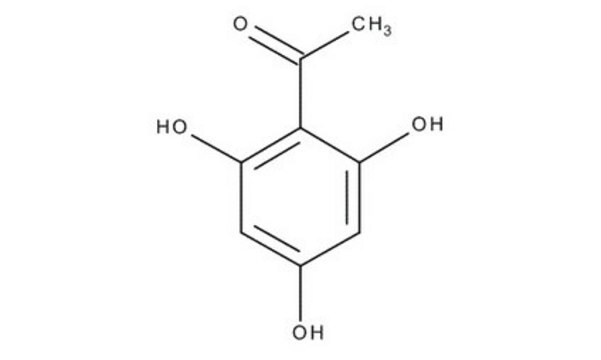D1068
DCB
≥98% (HPLC), solid
Synonym(s):
3,3′-Dichlorobenzaldazine, NSC 67224
About This Item
Recommended Products
Assay
≥98% (HPLC)
form
solid
storage condition
desiccated
under inert gas
color
yellow
solubility
DMSO: ~6.8 mg/mL
H2O: insoluble
storage temp.
2-8°C
SMILES string
Clc1cccc(\C=N\N=C\c2cccc(Cl)c2)c1
InChI
1S/C14H10Cl2N2/c15-13-5-1-3-11(7-13)9-17-18-10-12-4-2-6-14(16)8-12/h1-10H/b17-9+,18-10+
InChI key
XMOVWXSCYLINBJ-BEQMOXJMSA-N
Biochem/physiol Actions
Features and Benefits
Signal Word
Danger
Hazard Statements
Precautionary Statements
Hazard Classifications
Acute Tox. 4 Oral - Aquatic Acute 1 - Aquatic Chronic 1 - Eye Dam. 1 - Skin Irrit. 2 - Skin Sens. 1 - STOT SE 3
Target Organs
Respiratory system
Storage Class Code
11 - Combustible Solids
WGK
WGK 3
Flash Point(F)
Not applicable
Flash Point(C)
Not applicable
Personal Protective Equipment
Regulatory Listings
Regulatory Listings are mainly provided for chemical products. Only limited information can be provided here for non-chemical products. No entry means none of the components are listed. It is the user’s obligation to ensure the safe and legal use of the product.
JAN Code
D1068-VAR:
D1068-50MG:
D1068-10MG:
D1068-BULK:
Certificates of Analysis (COA)
Search for Certificates of Analysis (COA) by entering the products Lot/Batch Number. Lot and Batch Numbers can be found on a product’s label following the words ‘Lot’ or ‘Batch’.
Already Own This Product?
Find documentation for the products that you have recently purchased in the Document Library.
Our team of scientists has experience in all areas of research including Life Science, Material Science, Chemical Synthesis, Chromatography, Analytical and many others.
Contact Technical Service










